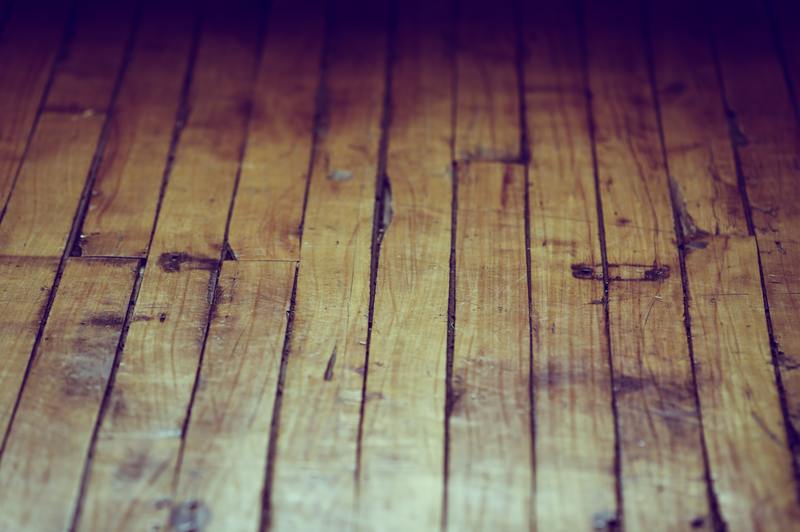To dry water damaged floorboards mold, you need to clean, dry, and treat the affected area. Here’s a tutorial on how to dry water damaged floorboards mold.

Can water under floorboards cause mold?
When water frequently touches your floorboards, water damage will likely happen. Your floorboards might become discolored. In some cases, your floorboards might even grow mold.
Mold grows on floorboards because of the water’s moisture. It can also develop from organic materials. If you’re constantly dropping food on the floor, or getting it wet, then the mold is bound to grow.
What should you do if you notice molds on your floorboards? Read on to find out how to deal with this situation.
How To Dry Water Damaged Floorboards With Mold
If your floorboards are water damaged and moldy, you’ll need to address the situation as soon as possible. You might want to clean the mold as soon as you see it, but you should assess the problem first.
Step #1. Assess the situation
First, take a good look at the water damaged area. If the affected area is small, you can attempt to dry the floorboards and kill the mold on your own.
However, if the affected area is significant, you might need to call a professional. An overgrowth of mold is a health hazard, so be careful. Unless a professional removes this kind of mold, it will only get worse.
If you decide to tackle water damaged floorboards mold on your own, here’s how to do it safely and effectively. Heads up, this task requires time and effort!
Step #2. Clean the water damaged floorboards
Start by targeting all the wet items on the floor. Whether it’s a damp carpet or wet furniture, place these items out to dry. Wet objects on your floorboards will only cause more mold to grow.
Next, take an old rag or mop to soak up water on the floorboard. Be sure to get every last drop that you can see. It will remove any immediate water on the floorboard’s surface.
Mopping isn’t enough, though. You’ll need to use a water vacuum to pull out water from the floorboard. Even if the floorboard looks dry, there might be water underneath the surface.
Until you can’t see water in the vacuum canister, use the wet vacuum over the affected area. Doing this will ensure that you’ve gotten as much water out as possible.
After the wet vacuum, clean the affected area with disinfectant. Opt for a non-sudsing cleaner to remove dirt and debris. Dirt and debris can store water; that’s why you need to remove these.
Step #3. Dry the water damaged floorboards
Now that the affected area is clean, it’s time to dry the water damaged floorboards fully. You’ll need a dehumidifier for this task.
Place the dehumidifier near the affected floorboards. With the highest possible setting, leave the dehumidifier for at least a day. It will need at least 24 hours to dry the floorboards.
The next step is to use electric fans after the dehumidifier. Make sure to do this on a sunny day. If you do this step when it’s raining, you might accidentally let more moisture in instead!
Step #4. Treat water damaged floorboards mold
When the floorboards are dry, check for any signs of molding or mildew. If the molds are mild, you can use a baking soda and water mixture to take care of them.
Scrub the affected area with the baking soda mixture. After that, use the wet vacuum once again to soak up moisture.
You’ll need to repeat the drying process once the mold is gone. It will ensure that you’ve completely gotten rid of the mold and the water on the floorboards.
Is mold under flooring dangerous?
Mold can be pretty dangerous for your health, especially in large amounts. It can cause allergic reactions. For those who are particularly sensitive to mold, it can even cause severe reactions.
Not only that, but mold also harms the integrity of your floors. It can make the floorboards rotten and mushy. You’ll need to replace your flooring if that happens.
Replacements aren’t cheap either. That’s why you need to be careful to avoid water damage and molds on your floorboards. However, if you do encounter large amounts of mold, you’ll need to contact a professional.
How do professionals dry water damaged floorboards mold?
Mold removal professionals are highly skilled and experienced. Before removing the mold, they can tell you the reason behind mold growth in your home. Mold removal professionals can also advise you on how to prevent mold growth.
Professionals use various chemicals to kill the mold both in the affected area and in the air. They’ll also use sealant to prevent further damage and odor. Professional mold removal can be pretty costly, though.
Sadly, homeowner’s insurance usually doesn’t pay for mold removal. However, you can consult with your insurance provider about your insurance coverage.
Conclusion
Water damaged floorboards mold can be pretty troublesome. The repairs can be tedious and costly. Thankfully, you now know how to dry water damaged floorboards mold.
